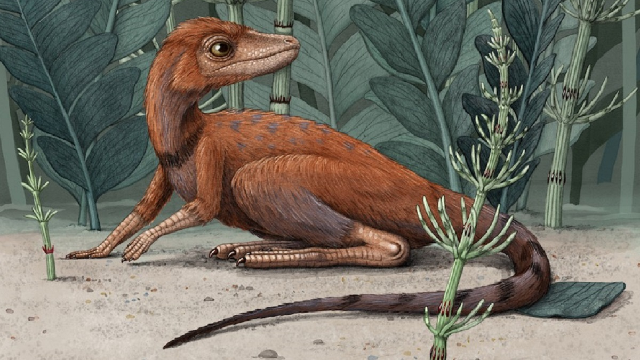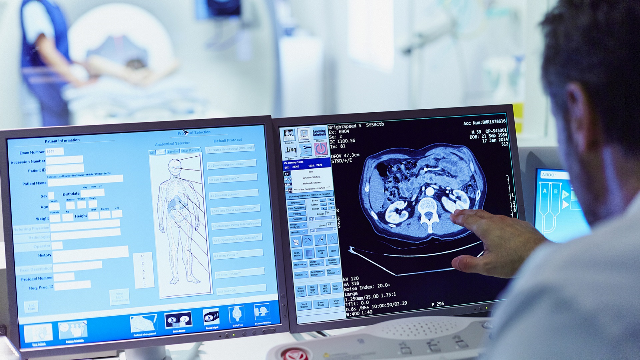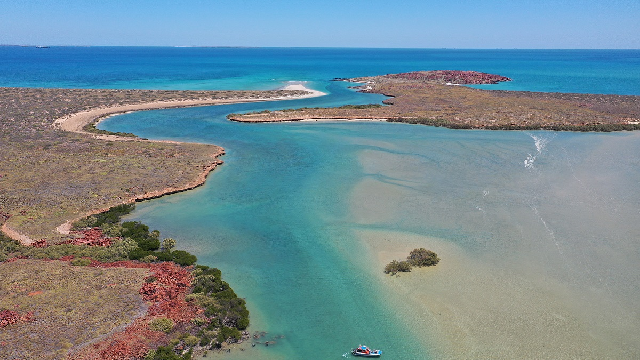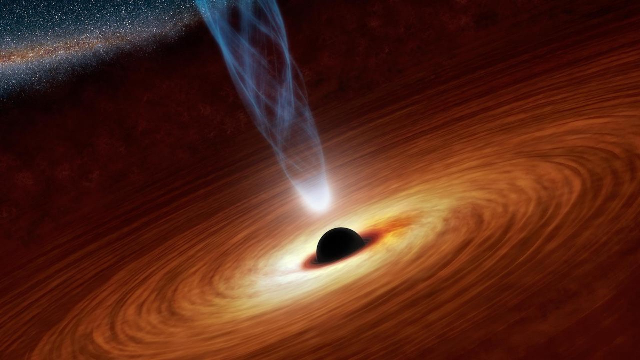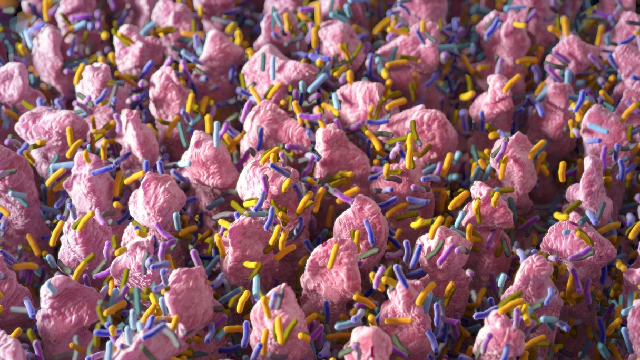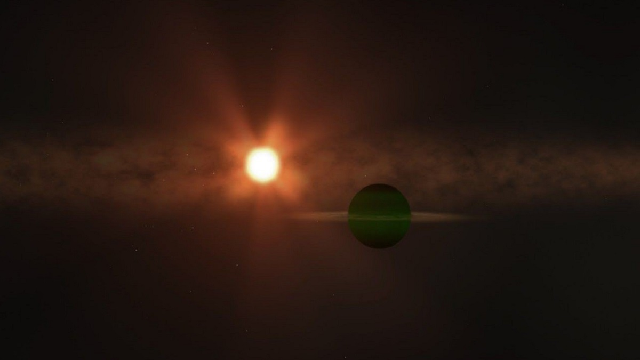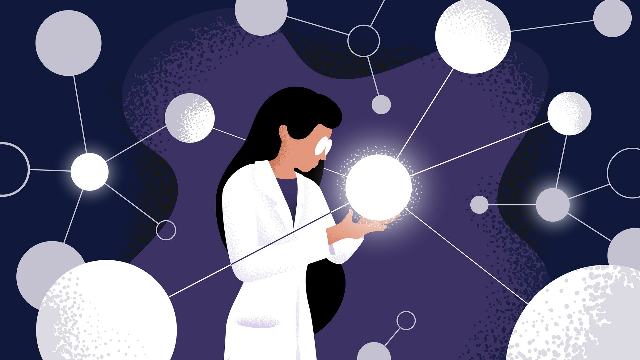Supercharged bandages improve wound healing
Using a new plasma coating on current wound dressings could promote the healing of chronic wounds and reduce patient suffering. This fascinating technological development could be used with Biology and Chemistry students in years 8, 9, and 10 to demonstrate … Continued
